Ambitious plans to create a huge technology hub near Hong Kong’s border with mainland China have sparked controversy, with critics questioning whether the city needs another such hub and concerns raised over how the land will be allocated to tech companies.
The government in June launched two months of public consultations about the development of the San Tin Technopole, which is also under attack from environmentalists who say it would involve the largest destruction of wetlands for decades.

The technology project is seen as the centrepiece of the proposed Northern Metropolis, a major project announced in 2021 to integrate the development of existing new towns in Yuen Long, Tin Shui Wai, Fanling and Sheung Shui and develop other rural areas near the border.
The San Tin Technopole itself would cover 627 hectares, including some 300 hectares for tech purposes and more than 50,000 homes. It is intended to support the city’s ambition to become an international innovation and technology (I&T) centre.
It would be sited near Shenzhen’s I&T zone in Huangang and Futian, to create synergy with the mainland city.

In May, authorities launched the Recommended Outline Development Plan for the Technopole, made up mainly of an I&T park and San Tin Town Centre. The park would be located north of the San Tin Highway and Fanling Highway, with the town centre to the south.

Apart from these two major components, the technopole would include the Hong Kong-Shenzhen Innovation and Technology Park (HSITP) occupying 87 hectares.
The I&T park together with HSITP would cover about 300 hectares, while the town centre development would provide homes, recreational and cultural opportunities for employees.
Too much I&T land?
Some experts have questioned whether Hong Kong really needs to set aside 300 hectares for innovation and technology, especially when sites previously allocated for technology are underused.
“Is there too much existing supply of I&T land?” asked Brian Wong of the Liber Research Community, an independent NGO focusing on development.
There are already three Innoparks in Hong Kong: in Yuen Long, Tai Po and Tseung Kwan O. These former industrial estates have been repurposed to provide land for technology-driven research and development, as well as manufacturing.
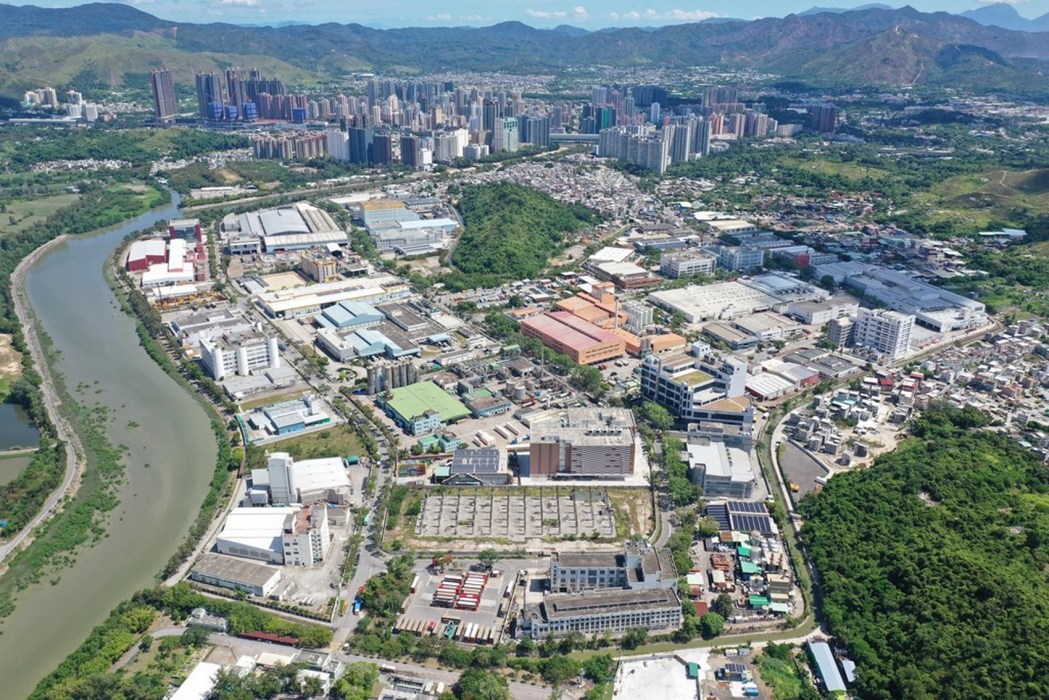
Liber said there were currently six vacant plots at the Yuen Long Innopark, and two of them, which are relatively large, have been unused for almost 10 years.
Checking the Innoparks’ website on June 27, HKFP found a total of 13 vacant sites at all three sites – six in Yuen Long, three in Tai Po and four in Tseung Kwan O – covering about 14.8 hectares in total.
Wong told HKFP the city’s existing I&T land had not been utilised efficiently. He also questioned the aasumption that Hong Kong required 300 hectares of I&T land simply because Shenzhen also has 300 hectares.
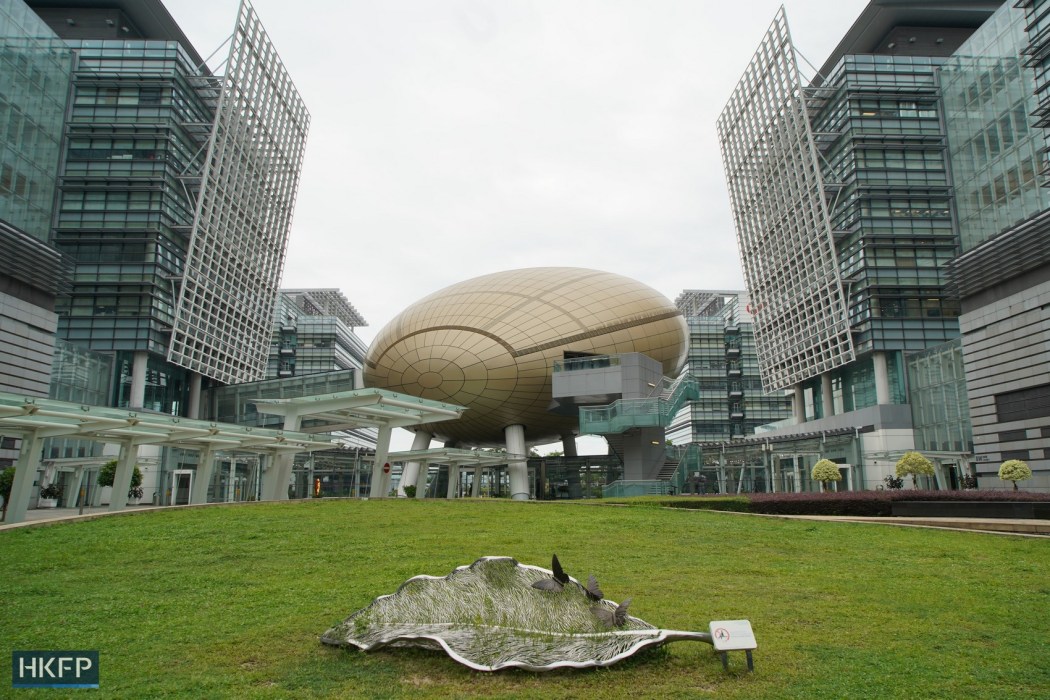
“At the moment, Shenzhen is considering a policy to turn I&T land into residential areas,” Wong told HKFP, suggesting that the supply of I&T land outstripped demand – especially at a time when more people were working from home.
Ryan Ip, vice president of the pro-Beijing think tank Our Hong Kong Foundation, disagreed.
He said the existing vacant sites in the Innoparks were too scattered. To create a new industry, it was better to have a cluster linking research and development institutions, top enterprises, university institutes and start-up firms. “That’s how an ecosystem can be created,” Ip told HKFP.
Ip said top companies would prefer to come up with their own plans for land use. The Science Park in Tai Po, which provides existing offices for technology companies, was thus not suitable for attracting top I&T enterprises.
Direct land grants
The government also sparked controversy by announcing it was considering using “land disposal methods other than open tendering” at the technopole.
According to local media reports, said the Development Bureau was contemplating offering direct land grants to certain enterprises to attract top companies.
The company “who can bid the highest price may not be the one who is the best in innovation and technology,” Secretary for Development Bernadette Linn said on a radio programme on May 27.
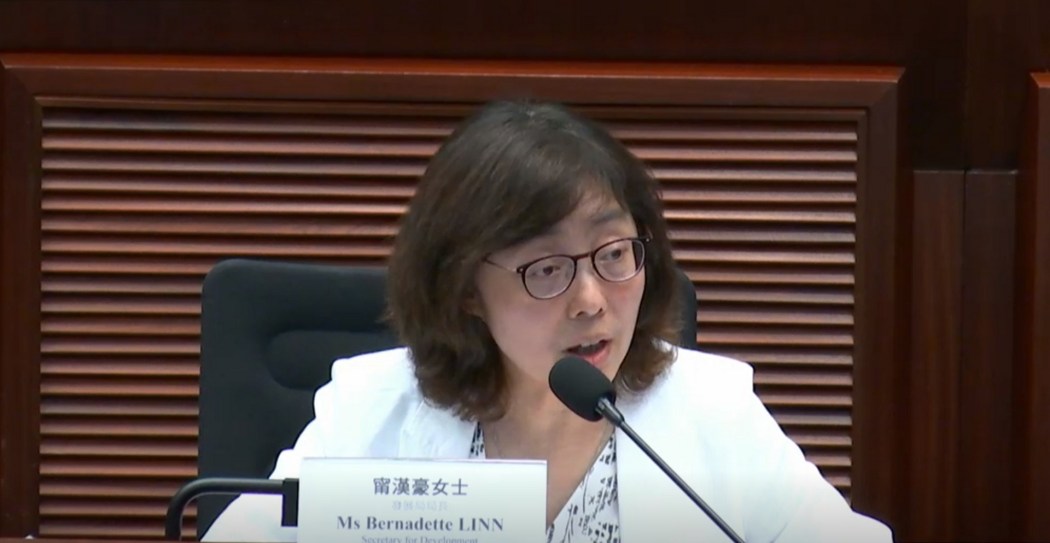
“What will be the criteria to choose? What are the requirements for land grants?” Legislative Councillor Michael Tien asked at a meeting of the Legislative Council’s Panel on Development on May 23.
Liber Research Community highlighted a lack of transparency in direct land grants. Wong also questioned whether the chosen enterprises would really develop their promised tech business at the technopole or just use the land for property development or other purposes.
According to Liber’s research, the South Korean government attracted top companies to its Songdo zone with direct land grants, but some just used the land for profitable property projects.

Our Hong Kong Foundation, however, supported direct land grants. “It is normal practice in different places to attract large technology companies or leading enterprises,” said Ip, adding that companies like Amazon looked for the country with the best land grants and tax incentives to decide where to set up its headquarters.
However, Ip said the government should set criteria for land leases. “First, the government has to make sure these technology companies or large enterprises will make significant contributions to the Hong Kong economy, which should be quantifiable. Probably a number of jobs created.”
They should be given a set number of years to meet such requirements and if not the government should take back the land.
Harmful to wetlands
The technopole development has also come under fire from environmentalists who say it disregards wetland conservation policies, with possible damage to 248 hectares of wetland conservation area and buffer zones. Nine environmental groups united in June to urge the government to revise the project.
Under the development plan, the 627 hectares of land involved will include 151 hectares of wetland conservation area, as well as wetland buffer area totalling 97 hectares.
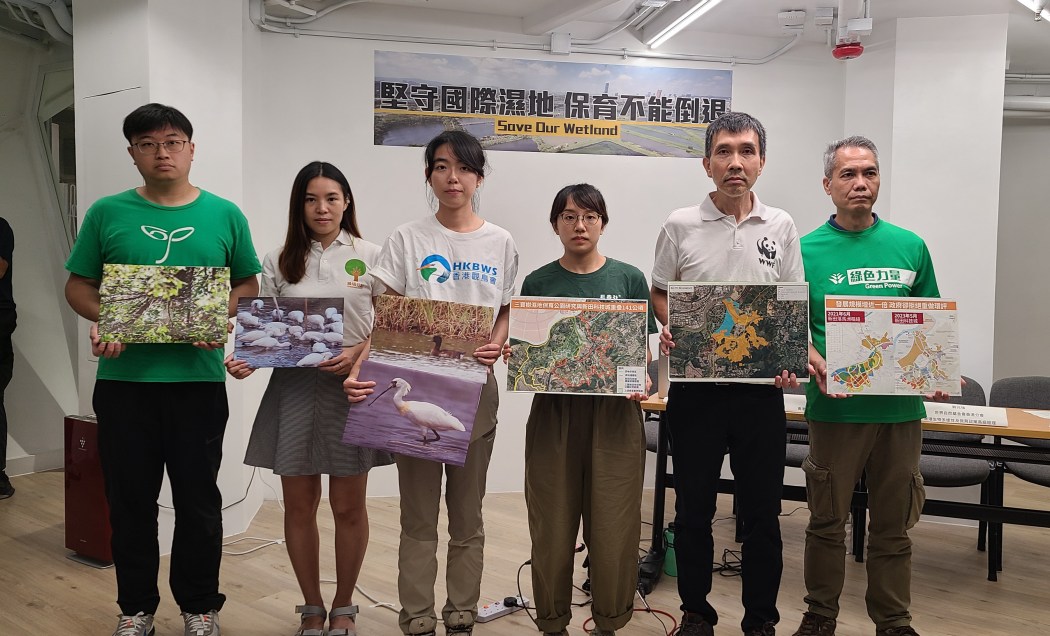
“The development violates Town Planning Board Planning Guideline No.12C and the government should obey the guidelines,” said Tobi Lau, senior manager of World Wide Fund For Nature Hong Kong, at the environmental groups’ joint press conference on June 20.
According to the guidelines, development in wetland conservation areas must be related to “environmental education”, “conservation” or “essential infrastructure projects” such as railways, drainage and flood protection for which there is no suitable alternative location. Land use relating to I&T is not mentioned.
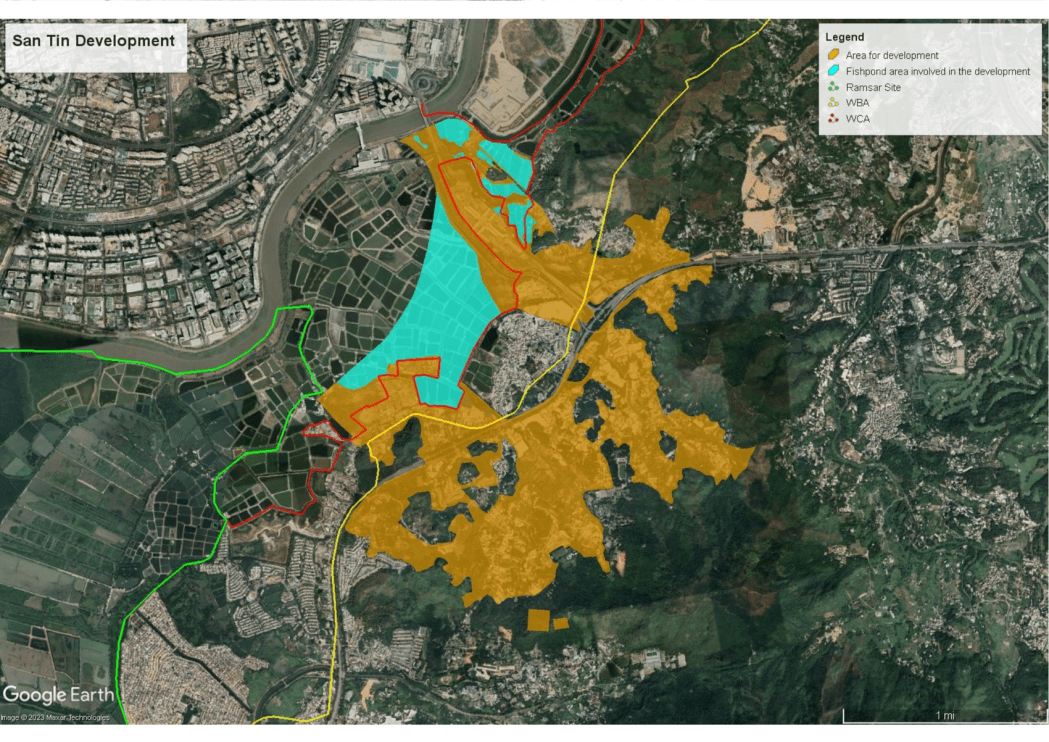
In addition, an area of about 500 metres along the land boundary of the conservation area is designated as a “wetland buffer area” in which environmentally damaging development should be discouraged.
Development in the wetland area itself should result in no net loss of wetland, including fish ponds, in terms of area and functions.

The current plan for the technopole would involve draining 90 hectares of fishponds. According to the Conservancy Association, it would be the largest loss of such ponds since 1987.
Habitats for birds of conservation value
Wong Suet-Mei, a conservation officer at the Hong Kong Bird Watching Society (HKBWS), said during the joint press conference on June 20 that the development area overlapped with the territory’s second and third largest egret habitats.
Additionally, the affected wetland area was considered essential habitat for 117 species of birds of special conservation value, including 33 under level-one or level-two protection on mainland China’s list of wildlife under state priority conservation. The Baer’s Pochard, a rare diving duck listed as “critically endangered” by the International Union for Conservation of Nature, appeared in an abandoned fish pond in San Tin in January, according to the HKBWS.
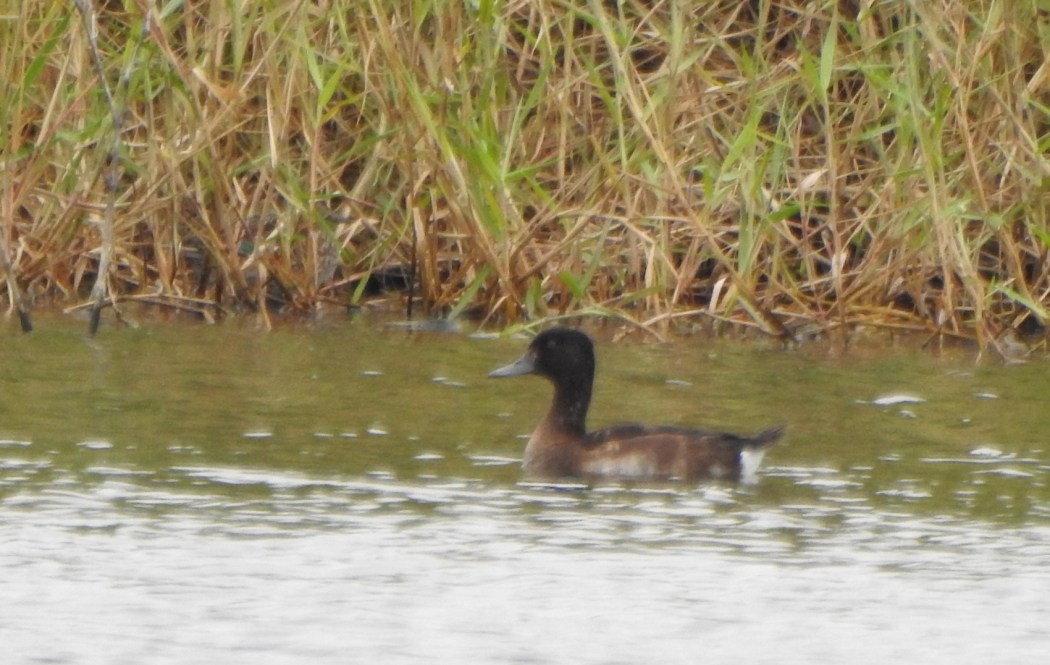
In response to HKFP, the Development Bureau said on June 20 that although 151 hectares of the development area was located in the wetland conservation zone and another 97 hectares in the buffer zone, much of the area – 64 per cent, or 159 hectares – was already of little ecological value, such as brownfield sites or fishponds which had previously been filled in.
“The remaining approximately 90 hectares (36 per cent) is proposed to be filled fishponds, of which half have no aquaculture activities or have been abandoned for many years,” a bureau spokesperson told HKFP.
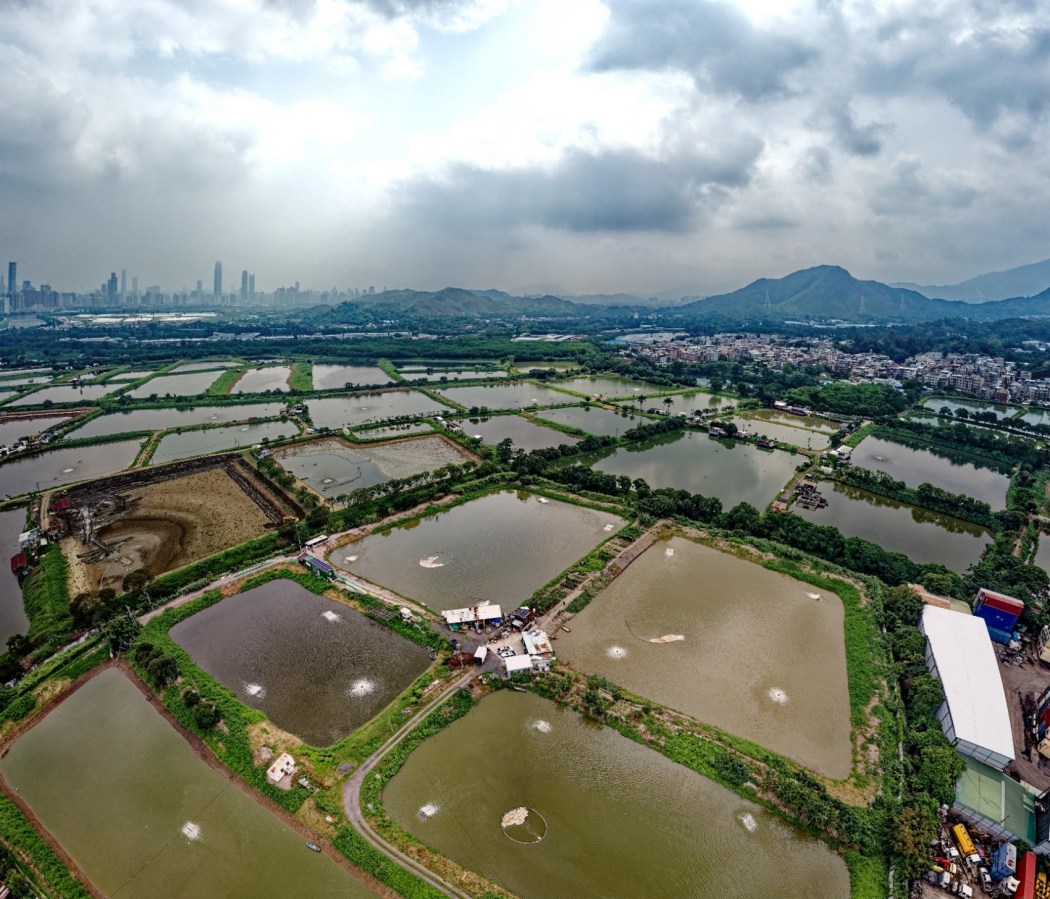
Kristy Chow, a campaign officer at the Conservancy Association, told HKFP that the site illustrated the practice of “destroy first, build later” and questioned why the destruction of wetland could justify its development.
HKFP has reached out to the Development Bureau for further comment.
The two-month public consultation period started on June 6. According to the LegCo document submitted by the Development Bureau, the plan may be refined after taking comments into account.
The finalised land use proposal for the San Tin Technopole will begin development-related statutory procedures in the first quarter of 2024. The bureau aims to start site formation work in the last quarter of the same year, subject to funding approval from LegCo.
Correction 18/7/2023: An earlier version of this story misspelled an interviewee’s name. It should be Ryan Ip, not Yip. We regret the error.
Support HKFP | Policies & Ethics | Error/typo? | Contact Us | Newsletter | Transparency & Annual Report | Apps
Help safeguard press freedom & keep HKFP free for all readers by supporting our team

LATEST FROM HKFP
HKFP has an impartial stance, transparent funding, and balanced coverage guided by an Ethics Code and Corrections Policy.
Support press freedom & help us surpass 1,000 monthly Patrons: 100% independent, governed by an ethics code & not-for-profit.










